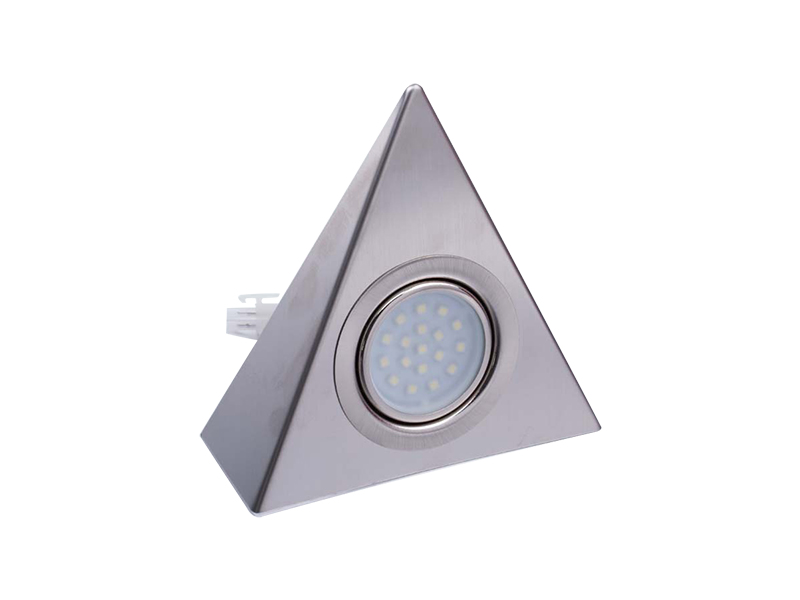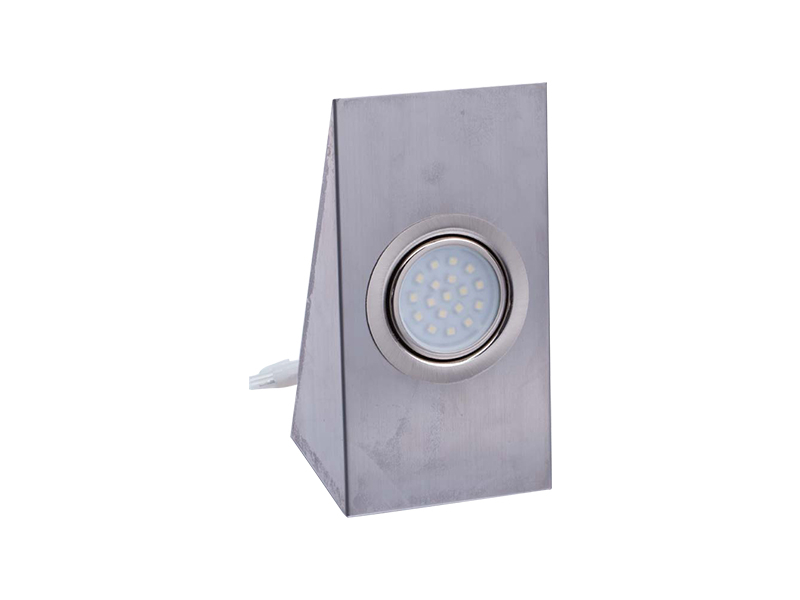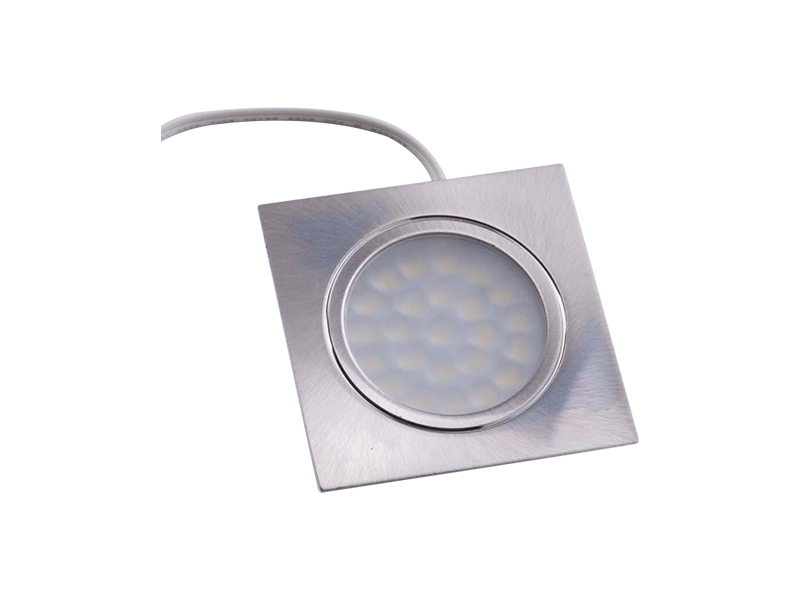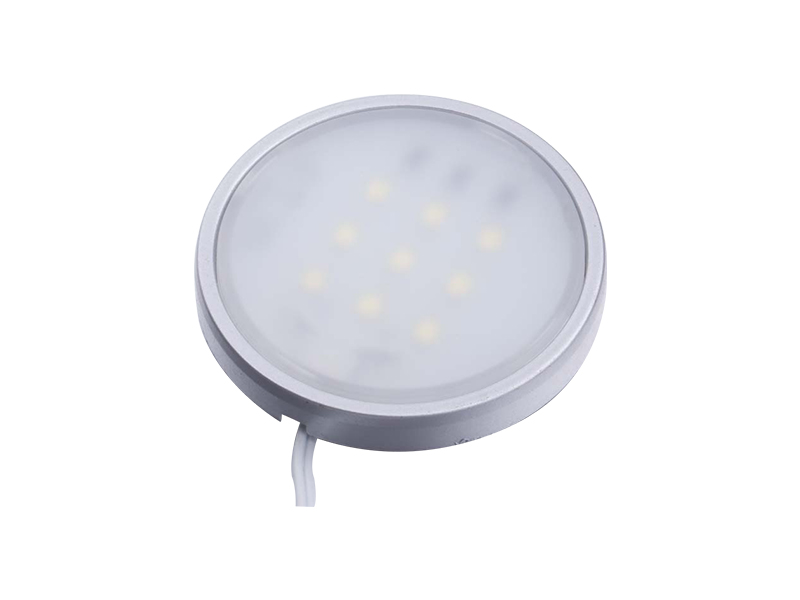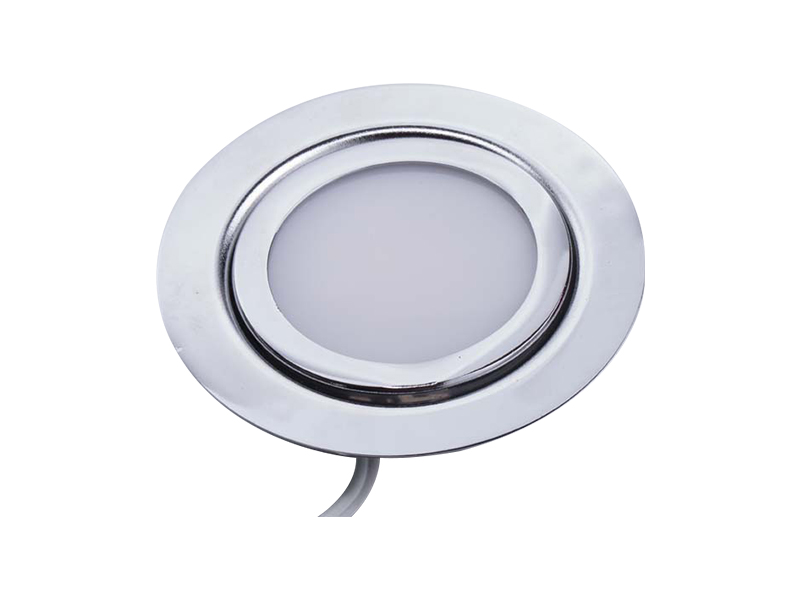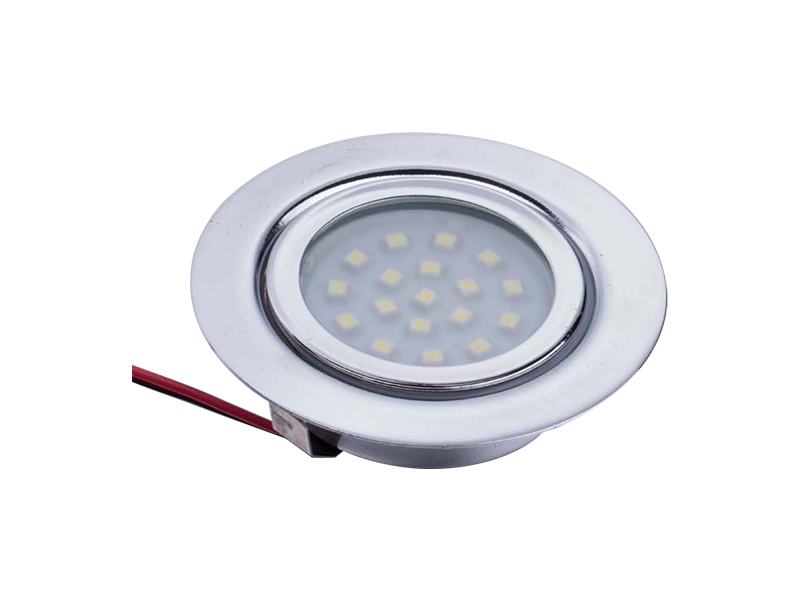-

E-mail:[email protected]
-

Telphone:+86-574-88073028
-

FAX:+86-574-88073029
QR code on
mobile phone
Welcome to Eastkey!
Welcome to Dongke!
In modern home lighting systems, LED cabinet lights have gradually become a common solution for local space lighting such as kitchens, wardrobes, bookshelfs, etc. due to their small size, energy-saving and efficient use. In order to improve the safety and scope of application, LED cabinet lights generally adopt low-voltage DC power supply method, which has certain advantages in ensuring user personal safety, improving system stability and extending service life.
Low-voltage DC power supply mainly refers to the working voltage far lower than the traditional mains voltage, and there will be no danger when the human body is in contact during normal use. Compared with high-voltage AC current, low-voltage DC will not cause electric shock or burns when contacted, and is more friendly to the use of children and the elderly in a family environment. It is especially suitable for open cabinets, drawers, cabinet doors and other scenarios where it is prone to be directly touched and touched. This power supply method complies with a number of international electrical safety standards, effectively reducing the probability of safety accidents caused by electrical failures.
LED cabinet lights mostly convert the mains power to low-voltage DC power through special power adapters. The supporting driving power supply usually has functions such as voltage stabilization, overcurrent protection, short-circuit protection, etc. During the power supply process, it can automatically deal with voltage fluctuations or wiring abnormalities to ensure the continuous and stable operation of the lighting system. In addition, since the LED light source itself is a DC device, it is naturally matched with a low-voltage DC power supply, it reduces unnecessary losses during the power conversion process, improves the overall energy efficiency ratio, reduces operating temperature, and helps improve the life of the lamp.
From the perspective of structural design, low-voltage power supply can also simplify the heat dissipation and insulation structure of lamps. Due to the low voltage, there is no need to install complex high-voltage isolation devices inside the cabinet lamp, and the lamp body can be thinner and simpler, making it easier to install in the corners of the cabinet or in the narrow space, saving space and improving lighting coverage. At the same time, in terms of lighting wiring layout, low-voltage cables are softer and safer, with higher layout flexibility, and also reduce the damage to the overall cabinet structure.
For most cabinet lighting application scenarios, users have high requirements for the service life, operation convenience and safety performance of the lamp. The low-voltage DC power supply method has become the mainstream power supply solution for LED cabinet lights through its natural advantages in safety. At the same time, this method also has the basic conditions for combining with induction control and smart home systems, so that LED cabinet lights can not only provide basic lighting functions, but also cooperate with various human sensing, hand-scanning switches and other equipment to further improve the user experience.
Low-voltage power supply is also conducive to product output in cross-border markets. Since the municipal voltage standards vary from around the world, the low-voltage DC power supply method can solve regional differences through a unified power adapter, making it easier for LED cabinet lights to pass various international certifications and adapt to market requirements of different countries and regions, thereby expanding export scale and improving the international market competitiveness of products.
top
E-mail:[email protected]
Telphone:+86-574-88073028
FAX:+86-574-88073029
